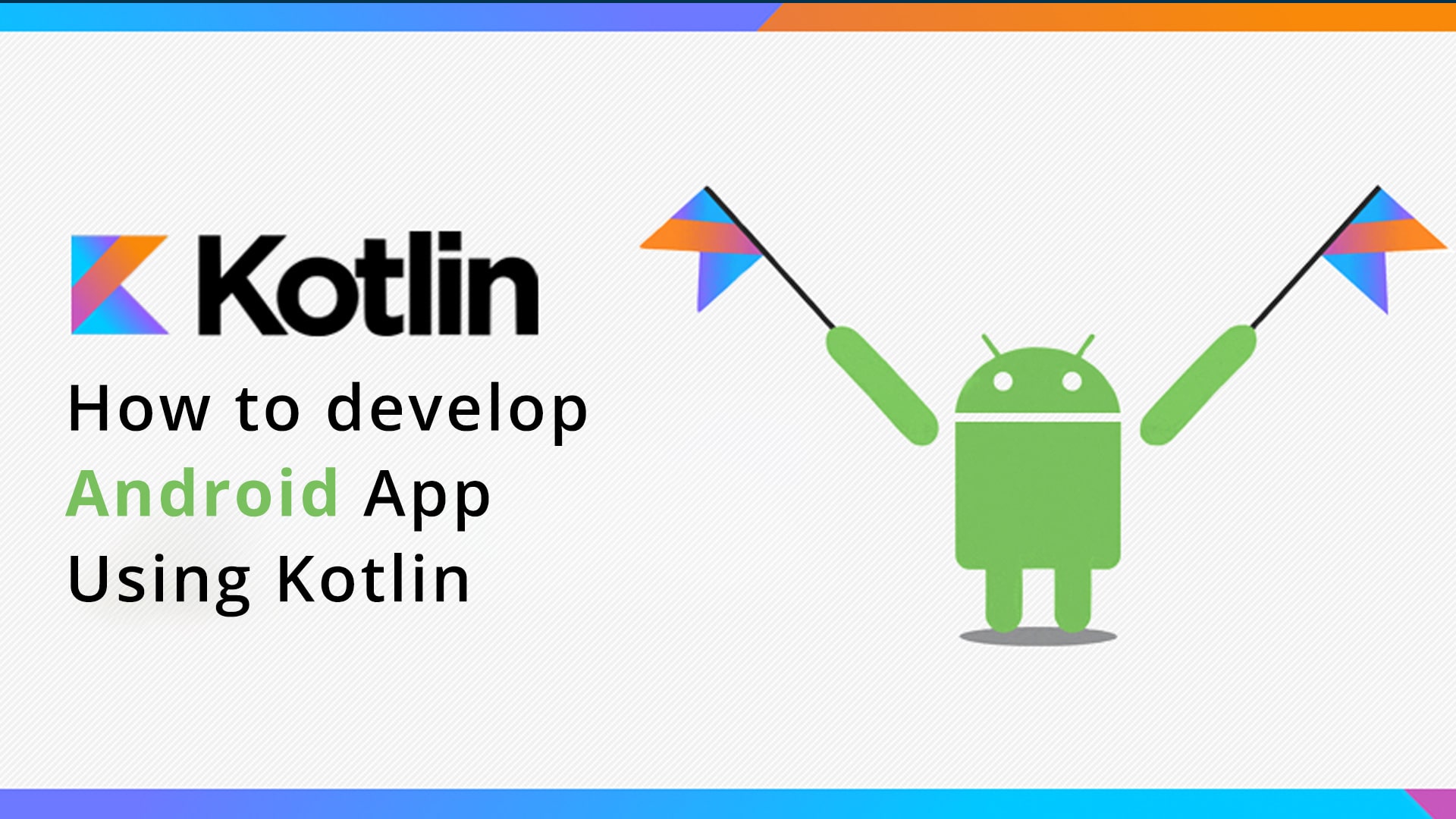How to Build Android Apps with Kotlin: A Comprehensive Guide

Are you eager to dive into the world of Android app development using Kotlin? Look no further! In this comprehensive guide, we will walk you through the process of building Android apps with Kotlin from start to finish. Whether you are a beginner or an experienced developer looking to switch to Kotlin, this article is for you.
Kotlin has gained immense popularity among Android developers due to its simplicity, conciseness, and compatibility with existing Java code. With its modern features and seamless integration with Android Studio, Kotlin has become the preferred language for developing Android applications. This guide will equip you with the knowledge and skills to harness the power of Kotlin and build your own Android apps.
1. Setting Up Your Development Environment
In this section, we will guide you through the process of setting up your development environment to start building Android apps with Kotlin. We will cover the installation of Android Studio, the necessary SDKs, and the configuration of your development environment.
2. Getting Started with Kotlin
This session will provide an introduction to Kotlin, including its syntax, features, and advantages over Java. We will explore the basics of Kotlin programming, such as variables, data types, control flow, and functions, to give you a solid foundation in the language.
3. Building User Interfaces
In this session, we will dive into the world of user interface development with Kotlin. You will learn how to create interactive user interfaces using XML layouts and Kotlin code. We will cover topics such as views, view groups, handling user input, and implementing responsive designs.
4. Working with Data and Persistence
Data is at the heart of every Android app. In this section, we will explore various techniques for working with data in Kotlin. We will discuss how to retrieve data from APIs, store data locally using SQLite databases, and implement data caching strategies to optimize app performance.
5. Implementing Navigation and Menus
Navigation is a crucial aspect of any Android app. In this session, we will guide you through the process of implementing navigation and menus in Kotlin. You will learn how to create navigation drawers, handle fragment transactions, and build intuitive app navigation flows.
6. Integrating APIs and Services
Android apps often rely on external APIs and services to fetch data or provide additional functionality. In this section, we will show you how to integrate APIs and services into your Kotlin apps. We will cover topics such as making HTTP requests, parsing JSON responses, and handling authentication.
7. Handling Background Tasks and Multithreading
Efficiently managing background tasks and multithreading is essential for creating responsive and performant Android apps. In this session, we will explore Kotlin's concurrency features and guide you through best practices for handling background tasks, performing network operations, and updating the UI thread.
8. Implementing App Security
Security is a critical aspect of app development. In this section, we will discuss various techniques for implementing app security in Kotlin. We will cover topics such as securing network communication, implementing data encryption, and protecting sensitive user information.
9. Testing and Debugging
No app is complete without proper testing and debugging. In this session, we will explore different testing techniques and tools available for Kotlin apps. We will guide you through the process of writing unit tests, performing UI testing, and effectively debugging your Android apps.
10. Publishing Your App
Congratulations! You have built an amazing Android app with Kotlin. In this final section, we will walk you through the process of publishing your app to the Google Play Store. We will cover topics such as app signing, creating app listings, and optimizing your app for maximum visibility and downloads.
In conclusion, this comprehensive guide has provided you with the knowledge and skills to build Android apps with Kotlin. From setting up your development environment to publishing your app, you are now equipped with the tools to create amazing Android experiences. So, what are you waiting for? Start building your own Android apps with Kotlin today!

Post a Comment for "How to Build Android Apps with Kotlin: A Comprehensive Guide"
Terimakasih Telah Berkunjung Di Blog Ini, Jika Merasa Artikel Bermanfaat Jangan Lupa Untuk DiShare.
Atas Kerjasamanya Admin Mengucapkan Terimakasih.
----Katingo Take----